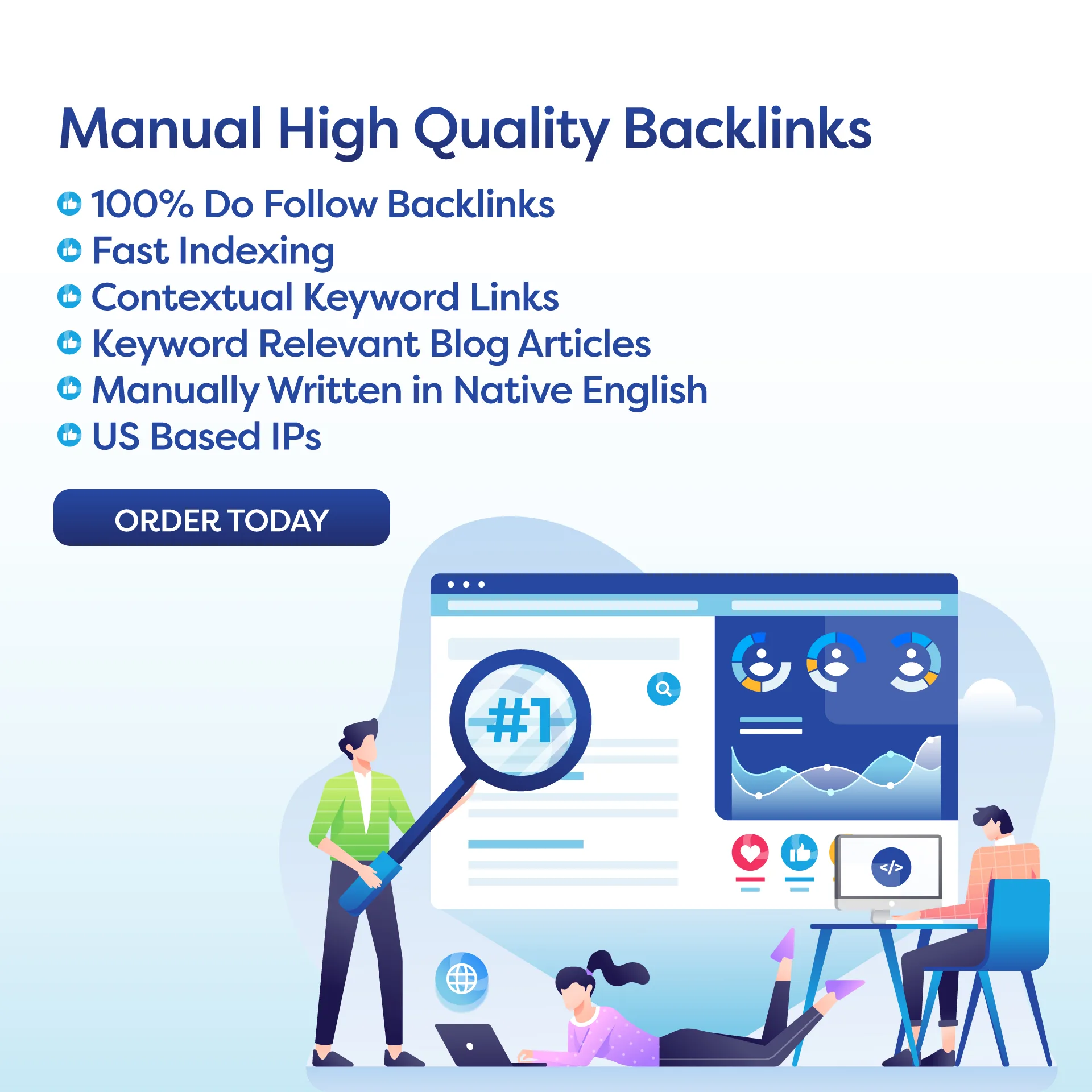Page Speed Optimization: How to Increase Your Website’s Speed
In today’s fast-paced digital world, speed is everything. From fast food to fast internet, people are constantly seeking ways to save time and get things done quickly. This need for speed also applies to website browsing. In fact, a slow-loading website can be a major turn-off for users, leading to high bounce rates and a negative impact on SEO rankings. This is where page speed optimization comes in.
Why is Page Speed Important?
Page speed refers to the amount of time it takes for a web page to load its content. This includes all the text, images, videos, and other elements that make up a website. The faster a page loads, the better the user experience. And in today’s world, where attention spans are getting shorter, a few seconds can make a huge difference.
In addition to user experience, page speed also plays a crucial role in SEO rankings. Search engines like Google take into account the loading speed of a website when determining its ranking. A slow website is seen as less user-friendly and may be pushed down in search results, resulting in lower visibility and traffic.
How to Optimize Your Website’s Page Speed
Now that we understand the importance of page speed, let’s look at some techniques you can use to optimize your website’s loading time.
1. Optimize Images
Images are a vital part of any website, but they can also significantly slow down the loading time. To optimize images for faster loading, make sure they are compressed without compromising on quality. You can also use tools like lazy loading, which delays the loading of images until they are needed, reducing the initial load time.
2. Minimize HTTP Requests
Every time a user visits a web page, their browser sends a request to the server for the different elements of the page. This includes images, scripts, and stylesheets. The more requests the browser has to make, the longer the page will take to load. To minimize HTTP requests, reduce the number of elements on your page and combine multiple files into one.
3. Use Browser Caching
Browser caching allows for certain elements of a web page to be temporarily stored on a user’s device. This means that the next time the user visits your website, their browser can retrieve the elements from their cache instead of making a new request to the server. This can significantly reduce loading time for returning visitors.
4. Enable Gzip Compression
Gzip compression is a technique that reduces the size of files on a website, making them quicker to load. Enabling Gzip compression can reduce the size of your website’s files by up to 70%, resulting in faster loading times for users.
5. Minify CSS and JavaScript
Minifying CSS and JavaScript involves removing unnecessary characters and spaces from the code without affecting its functionality. This can significantly reduce the size of these files, resulting in faster loading times.
6. Choose a Reliable Web Hosting Provider
Your web hosting provider plays a crucial role in the loading speed of your website. Choose a reliable hosting provider that offers fast and secure servers to ensure your website can handle high traffic and load quickly.
Conclusion
In today’s digital landscape, a fast-loading website is essential for success. By optimizing your website’s page speed, you can provide a better user experience, improve your SEO rankings, and ultimately drive more traffic to your website. Use the techniques mentioned in this article to speed up your website and stay ahead of the competition.
Remember, speed wins in the online world, and by optimizing your website’s page speed, you can give your users a seamless browsing experience and boost your online presence. So, don’t neglect the importance of page speed and take the necessary steps to optimize your website today.

